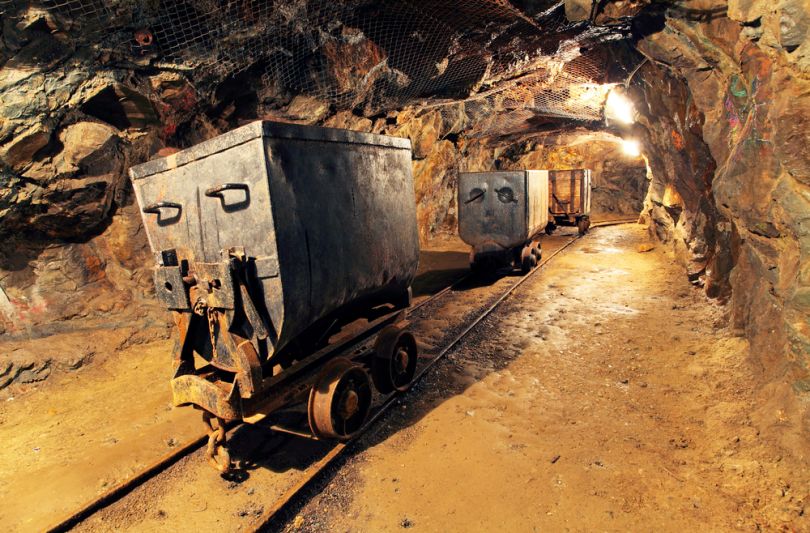
The sheer magnitude of the Earth’s crust presents virtually endless opportunities for what mineralists and geologists can learn about mineral formations. According to mining-technology.com, scientists are turning to big data to help them find new mineral deposits and more.
“Much of what we learn through material and atomic scale behaviour is through minerals, so it is important to know and characterise what is out there,” Dr. Shaunna Morrison, a mineralogist and planetary scientist at Carnegie Institution’s Geophysical Laboratory, told mining-technology.com.
“When we have a good representation of the actual mineral inventory it can tell us a lot about the geologic past of our planet.”
Morrison and her colleagues from the Deep Carbon Observatory, which consists of over 1,000 scientists, published a paper last year applying network theory to “reveal mineral diversity and distribution worldwide.”
Morrison explained to mining-technology.com that “recommender systems” (think Amazon) applied to their work helps them find co-concurrent mineral deposits. “Just like Amazon-purchasing co-occurs, so do minerals co-occur on Earth’s surface in a very systematic way, so this is something we can easily characterise,” she told mining-technology.com.
Scientists seeking the big data needed to model mineral co-occurrence use databases from the US Geological Survey (USGS), Mindat.org and the Deep Carbon Observatory, among others, according to mining-technology.com. Using this “mineral evolution data, geospatial information, mineral occurrence frequency, age and more,” mineralogist can discover new potential deposit sites.
“Mining companies are still going to have their competitive edge, whether that is buying-power or efficiency in operations or their location. Data is power and if we really want to understand where to explore and where not to we need to quantify everything.”
“For example, if we know that a certain combination of mineral species signals that there is likely a deposit of interest, we can determine where that deposit is most likely to exist,” Morrison added to mining-technology.com.
“We can even determine the probability, for example, that there is a 2% chance you will find it there and a 96% chance you will find it somewhere else: I think that is really interesting for mining companies and several have already shown interest.”
Morrison laments that competitive interests in the mining industry prevent the data sharing to make these models smarter..
“Mining companies are still going to have their competitive edge, whether that is buying-power or efficiency in operations or their location,” she explained to mining-technology.com. “Data is power and if we really want to understand where to explore and where not to we need to quantify everything.”



